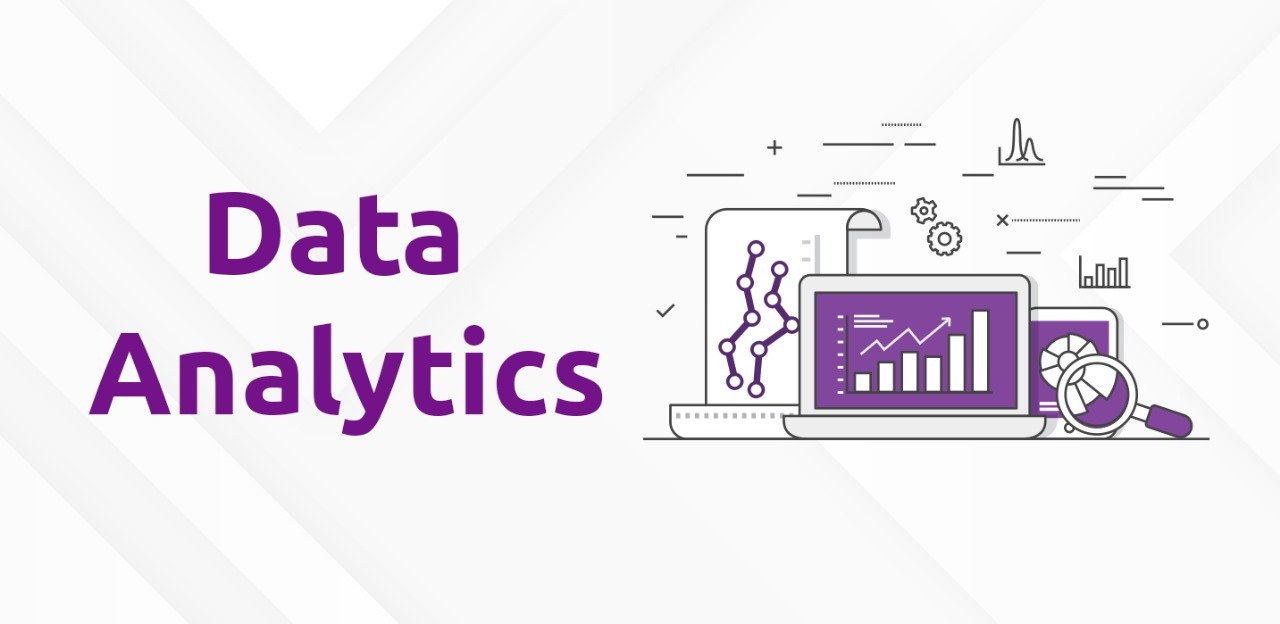The Role of Python in Data Analytics: A Comprehensive Guide
Introduction
In today's data-driven world, the ability to analyze and interpret vast amounts of information is essential. Python, a versatile and powerful programming language, has become a leading tool in data analytics. Its simplicity and rich ecosystem of libraries make it an indispensable asset for data professionals.
This guide explores the pivotal role of Python in data analytics, covering its key features, libraries, and applications.
Why Python for Data Analytics?
Python's popularity in data analytics is due to several key advantages:
- Ease of Learning and Use: Python's clean and readable syntax allows both beginners and experienced programmers to write efficient code.
- Extensive Libraries and Frameworks: Python offers a vast collection of libraries tailored for data analysis, visualization, and machine learning.
- Community Support: Python has an active global community, ensuring continuous development and support.
Core Python Libraries for Data Analytics
Several Python libraries play a crucial role in data analytics:
- NumPy: Provides support for large, multi-dimensional arrays and numerical computations.
- pandas: Offers data structures like Series and DataFrame for data manipulation and analysis.
- Matplotlib: A plotting library used for creating high-quality graphs and charts.
- SciPy: Contains modules for advanced mathematical computations.
- scikit-learn: A machine learning library with tools for classification, regression, and clustering.
Applications of Python in Data Analytics
Python is widely used across various stages of data analytics:
- Data Collection: Python can scrape data from websites, interact with APIs, and read from different file formats.
- Data Cleaning and Preparation: Libraries like pandas help handle missing values and correct data inconsistencies.
- Exploratory Data Analysis (EDA): Python enables analysts to explore datasets and identify patterns through statistical summaries and visualizations.
- Data Modeling: scikit-learn supports predictive modeling, including regression and classification.
- Data Visualization: Matplotlib and Seaborn allow the creation of compelling visual representations of data.
How to Use Python for Data Analysis
Getting started with Python for data analysis involves several steps:
1. Setting Up the Environment
- Install Python and essential libraries using package managers like
piporconda. - Use IDEs such as Jupyter Notebook or PyCharm for efficient coding.
2. Importing Data
- Load data from sources like CSV files, databases, or web APIs using pandas.
3. Data Cleaning
- Handle missing values, remove duplicates, and correct data types to ensure consistency.
4. Exploratory Data Analysis
- Generate descriptive statistics and visualizations to uncover patterns in the data.
5. Modeling
- Apply machine learning algorithms to build predictive models and evaluate performance using accuracy, precision, and recall.
6. Interpretation and Reporting
- Summarize findings through reports and visualizations, facilitating data-driven decision-making.
Python Data Analytics Tutorials
For those looking to enhance their Python skills in data analytics, several resources are available:
- Official Documentation: The pandas documentation offers in-depth tutorials.
- Online Courses: Platforms like Coursera and edX provide Python data analysis courses.
- Community Resources: Websites like Stack Overflow and GitHub offer code snippets and discussions.
Vtricks Technologies: Empowering Data Analytics Enthusiasts in Bangalore
For individuals in Bangalore aspiring to master data analytics with Python, Vtricks Technologies offers specialized training programs that include:
- Hands-on Training: Practical sessions focusing on real-world applications.
- Expert Instructors: Personalized guidance from experienced professionals.
- Comprehensive Resources: Access to tutorials, case studies, and projects.
By enrolling in Vtricks Technologies' programs, learners can acquire the skills necessary to excel in the field of data analytics.
Conclusion
Python plays a crucial role in data analytics due to its simplicity, extensive libraries, and strong community support. Whether it's data collection, analysis, or building predictive models, Python provides the necessary tools to transform raw data into actionable insights.
For professionals looking to build a career in data analytics, mastering Python is a vital step toward success.





